T4K3.news
Teen scientist cuts costs of antiviral drugs with corn husks
A 19 year old student wins a major science fair with a low cost method to produce antiviral drugs from corn waste.
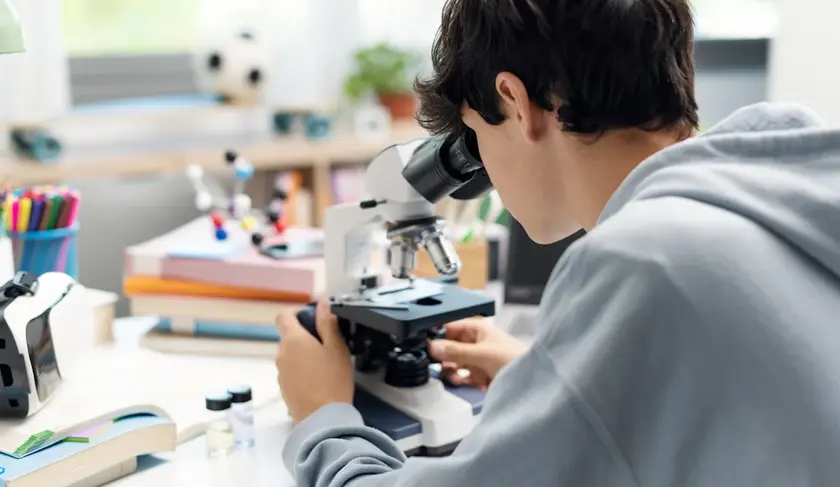
A 19 year old student from Slovakia wins a major science fair with a method to lower antiviral drug production costs by using corn waste.
Teen scientist cuts costs of antiviral drugs with corn husks
A 19 year old student from Slovakia won the Regeneron International Science and Engineering Fair in Columbus with a prize of 100000 dollars and the Innovator Award. His approach uses furfuryl alcohol derived from corn waste to build the core sugar of an antiviral drug, reducing the number of steps in synthesis and cutting production time. The new method drops the cost per gram from about 75 dollars to roughly 12.50 and shortens production from nine days to five. The work is early stage and has not undergone peer review at the fair, and it would still need clinical trials before wide use.
After the ceremony the student filed a preliminary patent and returned to the lab to refine the synthesis. Early computer modeling also suggests a new molecule from this work could bind more effectively to viral enzymes than galidesivir. He envisions applying the same waste based approach to other materials, including fragrance compounds, highlighting a broader push to turn waste into valuable chemistry and to support small lab innovation.
Key Takeaways
"I cannot describe this feeling"
Kovalčík after the ceremony
"This could be a huge step to help prevent some of these RNA viruses"
Chris RoDee on potential impact
"Waste-based, low-impact chemistry aligns with the type of environmental innovations that attract support"
RoDee on environmental impact
"One new molecule from that work may bind more effectively to viral enzymes than galidesivir"
Early computer modeling result
This story sits at the intersection of youth talent, sustainable chemistry and drug cost thinking. It shows small labs in unlikely places can propose ideas that matter for real world health needs. The environmental angle is timely and resonates with broader efforts to turn waste into value. Yet the path from a lab bench to patient care hinges on regulatory review, safety testing and large scale manufacturing, so the breakthrough remains a promising first step rather than a guaranteed cure. The attention it draws could spur more support for young scientists while inviting scrutiny over how quickly such ideas can move from fair wins to clinical impact.
Highlights
- I cannot describe this feeling
- This could be a huge step to help prevent some RNA viruses
- Waste based, low impact chemistry aligns with environmental innovations that attract support
- One new molecule may bind more effectively to viral enzymes than galidesivir
The road from bench to bedside is long, but this kind of talent and ingenuity keeps the chances alive.
Enjoyed this? Let your friends know!
Related News

Health risks of fat jabs documented in new study

Coca-Cola announces cane sugar version
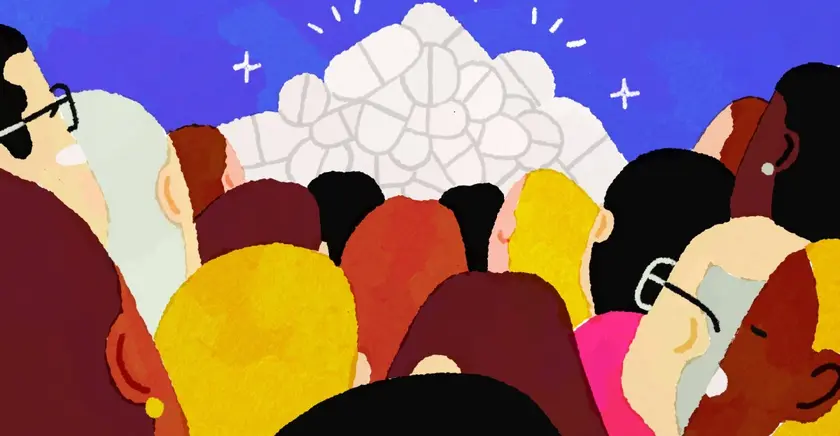
Exploring GLP-1 medications and their implications

Gates Foundation announces $2.5 billion investment in women's health
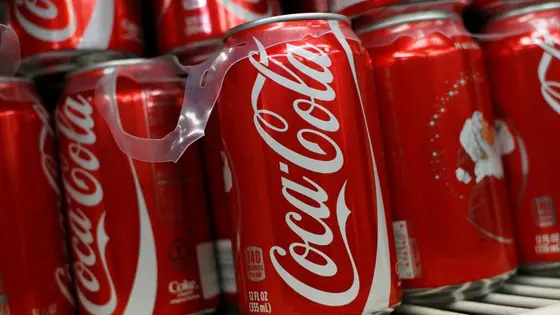
Coca-Cola may switch to cane sugar
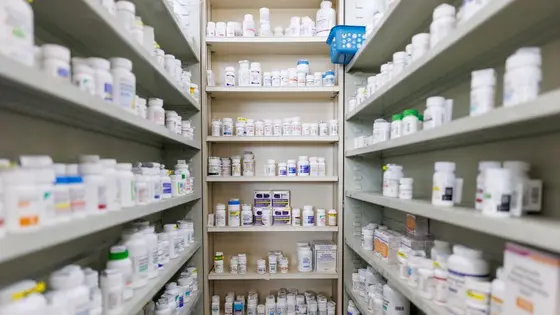
Trump vows 1500 percent drug price cuts amid questions on feasibility
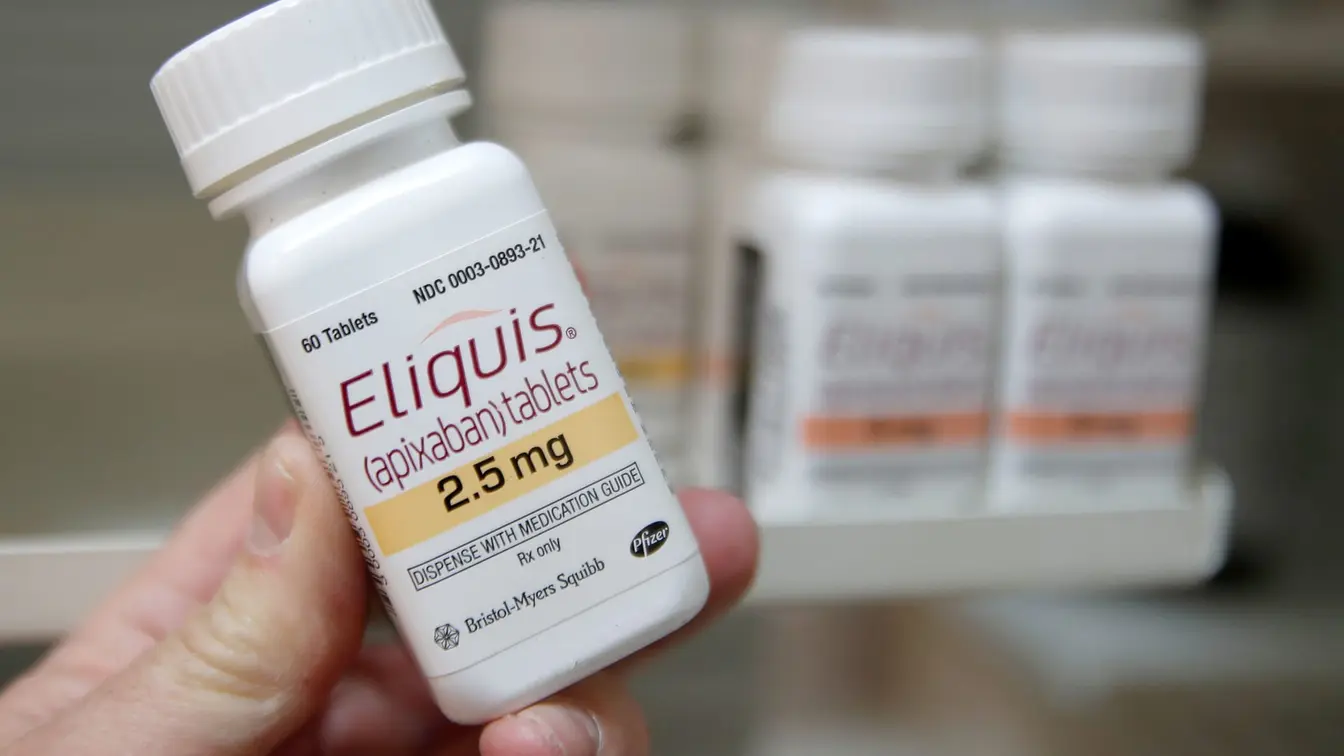
Eliquis price slashed by Bristol Myers Squibb and Pfizer
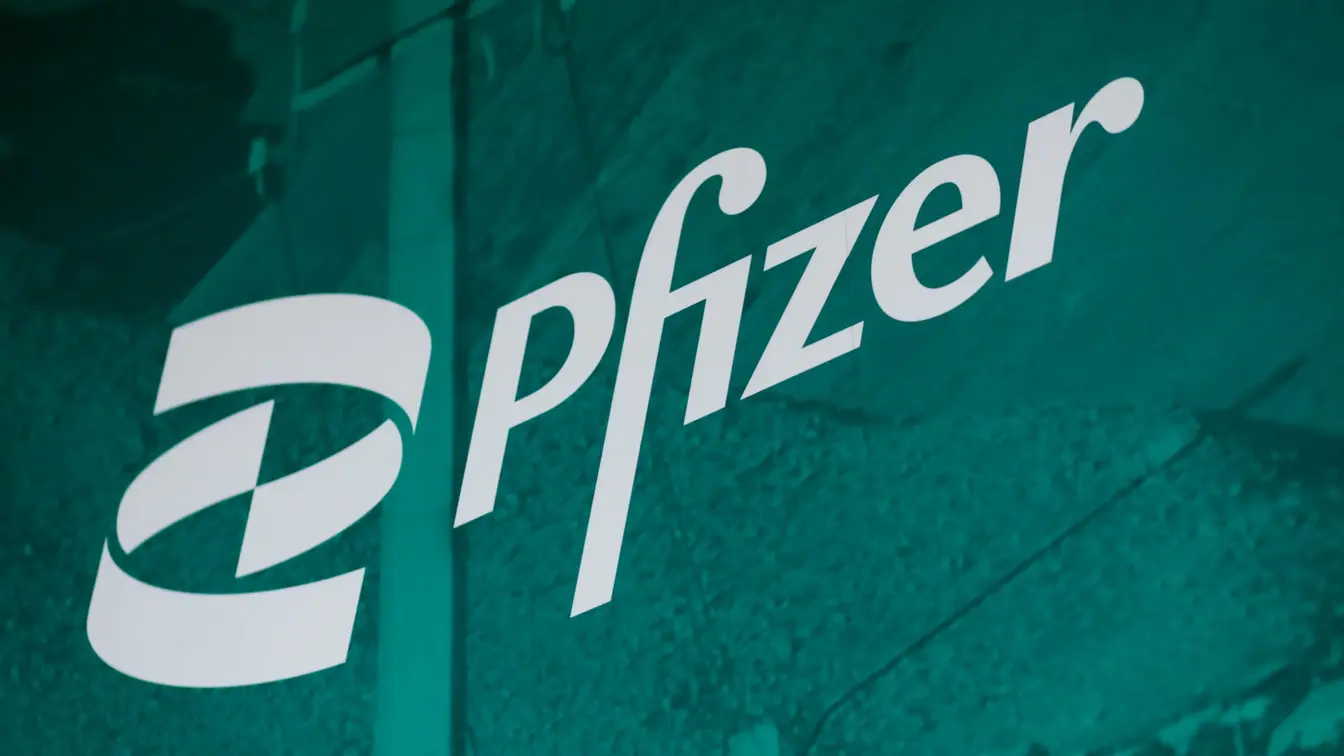
Pfizer adjusts profit outlook amidst external pressures
